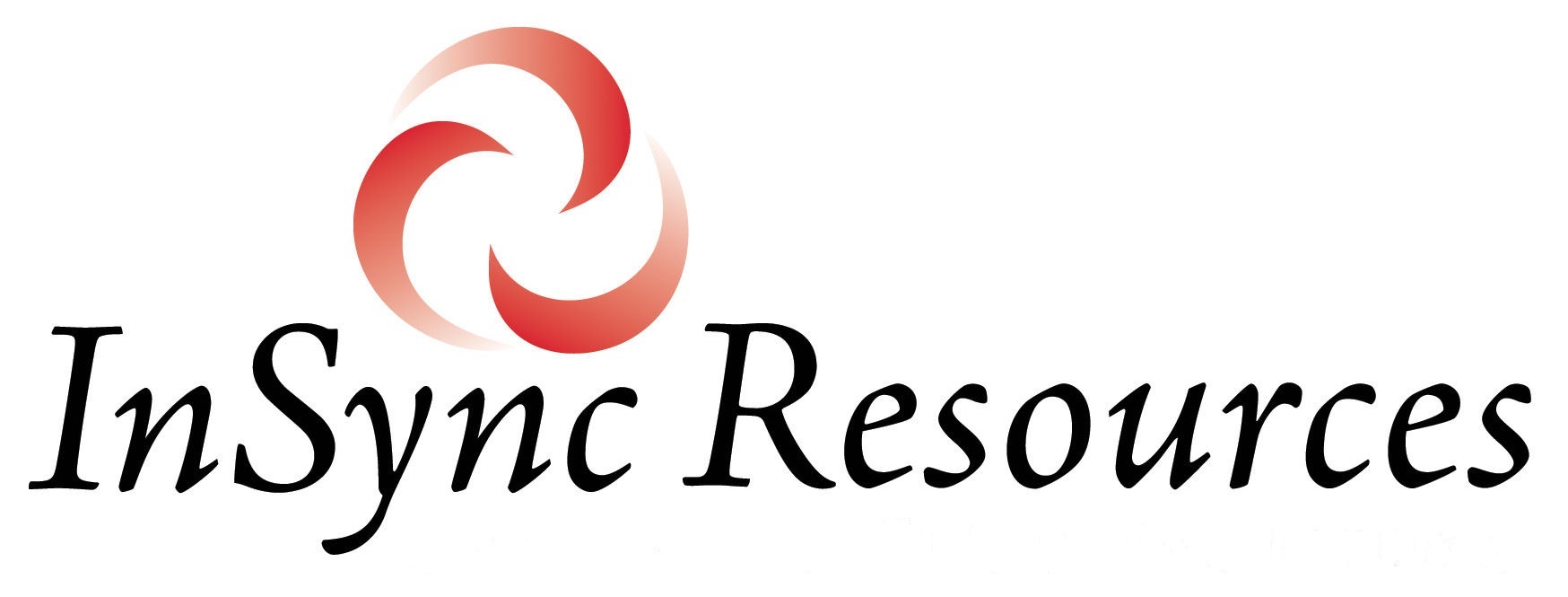
Introduction Letter vs Cover Letter
In case you didn’t already know, a cover letter is different from an introduction letter. Many people get the two confused, but an introduction letter is sort of like an elevator pitch in writing – in letter form. It’s more generic in what it says. A cover letter is meant to accompany your resume when you’re submitting your resume for a specific position. Although all your cover letters might have some shared “templated” verbiage in common with each other, a cover letter should never be generic. It needs to be customized for each position.
What Recruiters Want
If the cover letter is even read, it’s usually read after the resume has been reviewed (and you’ve grabbed the reader’s interest because of your resume). For this reason, what you include in the cover letter should be information you’ve already provided on your resume. If you’re offering key selling points, you run the risk of them being missed if they’re only on the cover letter and not on the resume.
The metaphor I think of when it comes to the modern cover letter is to think of it like it’s a key to a map. Your resume is the map, and the cover letter is the key to your map.
Recruiters are busy and, understandably, have short attention spans, so the cover letter should be succinct and not too long. Since the cover letter’s purpose is to point out relevant experience on your resume that matches well with what’s advertised in the job posting, I recommend emphasizing the top 3-5 things that are obviously important. The first few items that appear in bulleted lists are important. If there’s a summary section in the posting, the most important items are included there. You also know items are important when you see them being repeated frequently throughout the posting.
3 Main Parts
There are three parts in the body of the letter: the introductory verbiage, the middle informational section, and the concluding exit verbiage. The introductory verbiage is about why you’re submitting your resume for consideration and for what role. The middle informational section is where you point out how you’re a fit for the role and perhaps elaborate on your enthusiasm for the opportunity. The concluding exit verbiage is where you express your interest in moving forward with a conversation about the opportunity and is, of course, where you conclude the letter.
The middle informational section is where the length can get out of control if you let it. I recommend picking a few relevant matching items and showing them in a bulleted, 2-column table format that expresses, “You want x, and here’s an example of x from my background.” Your example is a success story that you’ve referenced on your resume. And, by the way, if you ever find yourself needing to customize your resume and cover letter for a particular position, the success stories are what you mainly customize.
Free Template & Sample
Click HERE to download a template showing my favorite way to format a cover letter. This free download also includes a sample illustrating use of the template.
© Angela Loeb
